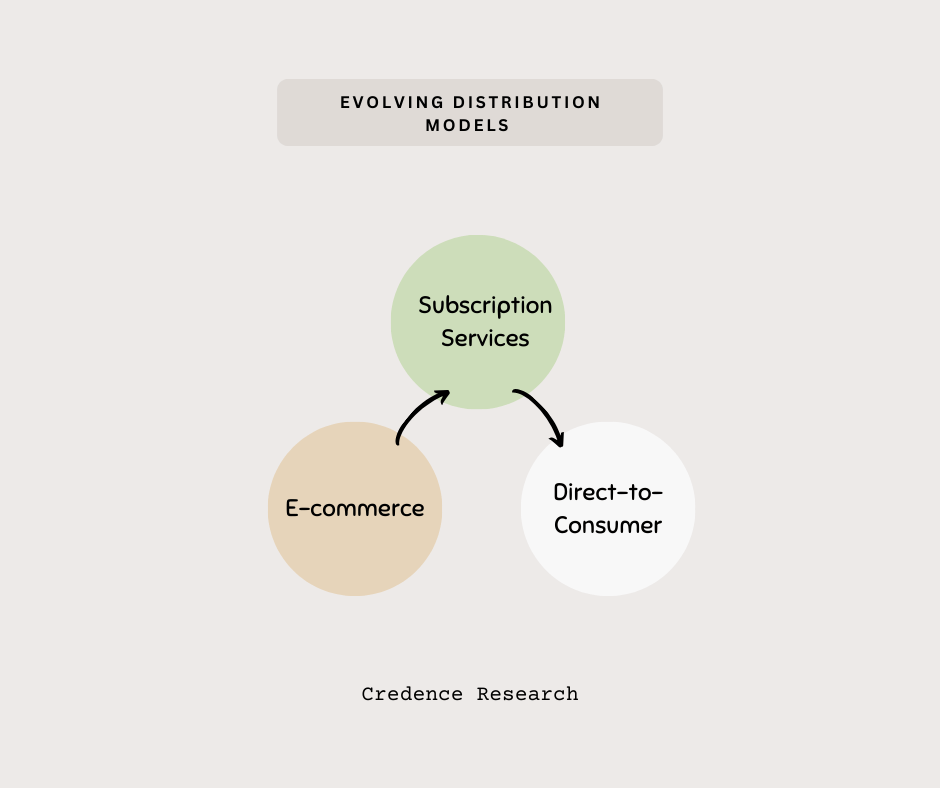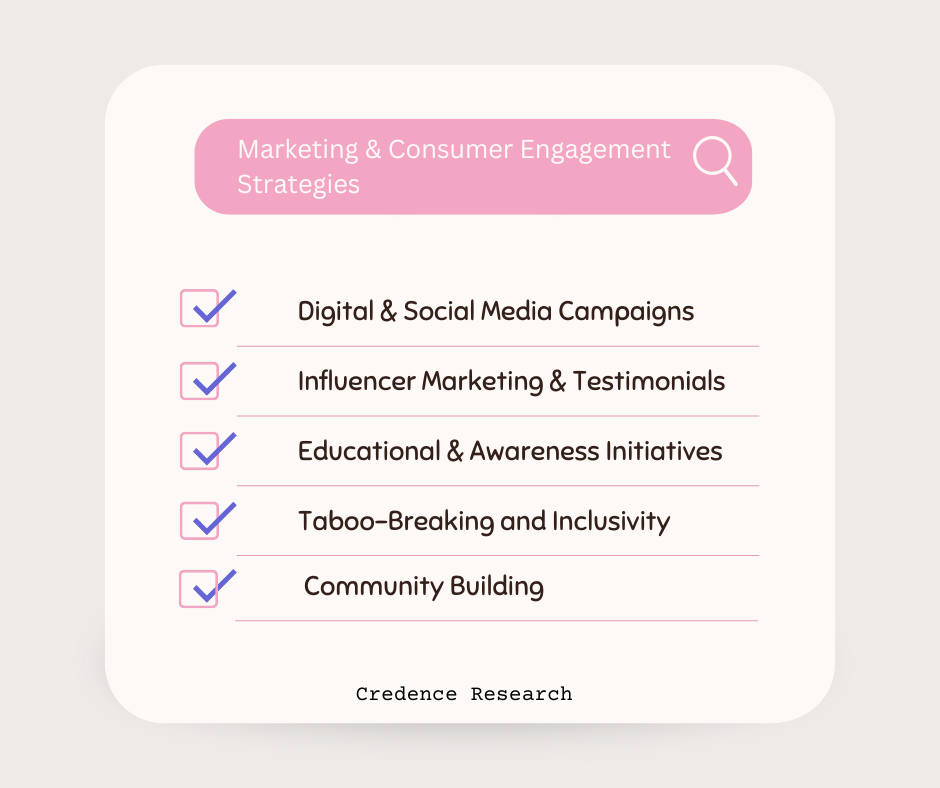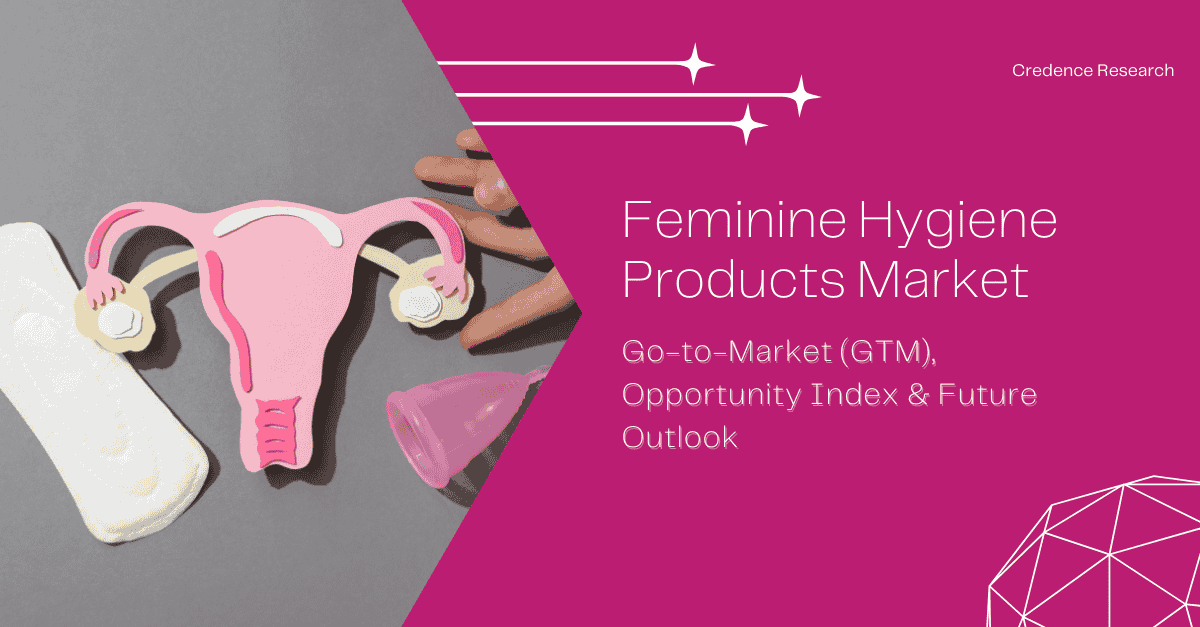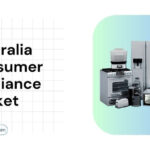The go-to-market landscape for feminine hygiene products is undergoing a significant transformation, moving beyond traditional retail dominance to embrace innovative digital and direct-to-consumer models.
Evolving Distribution Models (E-commerce, Subscription Services, Direct-to-Consumer)
Retail Channels: Who’s Leading and Who’s Catching Up
In 2024, modern retail outlets—including big-name supermarkets, hypermarkets, and digital platforms—held just over half the market share at 54.6%. Large retail stores still draw in shoppers thanks to their variety, reliable stock, and cost-saving deals on bulk purchases. Drugstores also remain key players, offering trusted products, handy locations, and flexible ways to pay.
Online Shopping Picks Up Speed
Digital shopping has been gaining momentum fast. More consumers are opting to buy period care products online, drawn by the privacy it offers and the ability to compare options with ease. From big-name platforms to brand-specific websites, the convenience of doorstep delivery is hard to beat. For people living in areas with limited retail access or those who prefer a more discreet experience, e-commerce offers a clear advantage.
Subscription Boxes: Convenience Meets Customization
Monthly subscriptions are catching on. These services send out customized packs based on individual preferences—no more last-minute trips to the store. Subscribers benefit from convenience, predictability, and a more personal touch. For brands, this model keeps customers coming back and makes it easier to forecast demand.

Direct-to-Consumer Brands Make Their Move
A growing number of smaller, often niche-focused companies are skipping the middleman. They sell straight to consumers through their own websites. Brands like The Honey Pot Company, Organyc, and Maxim Hygiene are using this model to highlight their unique offerings—whether that’s plant-based ingredients, specific skin sensitivities, or sustainable packaging. Even major players like Essity are riding this wave; Knix and Modibodi now handle most of their sales directly online.
How This Changes the Playing Field
Online and subscription-based models are opening doors that didn’t exist before. In the past, big companies ruled the space because they controlled shelf space. That’s no longer a deal-breaker for emerging brands. Now, if a product speaks to a particular need or value, it can find its audience through social media, targeted ads, and online marketplaces.
Traditional brands face pressure to adjust. They’ll need to ramp up their digital capabilities, rethink logistics, and maybe even buy into successful direct-to-consumer businesses. For newer brands, this is a unique moment. The path to reaching customers is now shorter and more accessible than ever—provided they have something meaningful to offer and a smart digital strategy behind it.
Marketing & Consumer Engagement Strategies
Marketing Approaches Are Getting a Makeover
Feminine hygiene brands are stepping away from overly sanitized messaging and embracing real, open conversations. The goal now? Be authentic, inclusive, and informative.
Digital Channels Lead the Conversation
Social media isn’t just about ads anymore—it’s where brands are educating, connecting, and even shifting mindsets. Companies like Kotex are known for taking a bold, witty approach online. They’ve built spaces where younger audiences can talk freely about their experiences, ask questions, and learn from one another. These platforms are proving to be powerful tools for driving awareness and loyalty.

Trusted Voices, Real Opinions
People want to hear from people—not corporations. That’s why influencer partnerships are such a big part of modern marketing, especially for newer product types like period underwear. These creators share their honest experiences, helping others feel confident about trying something new. Customer testimonials on websites serve a similar purpose—real feedback from real users makes a difference.
Learning Starts Early
Education is a major focus now. Brands are stepping into classrooms and teaming up with global organizations to spread awareness. They’re working to improve knowledge and break stigma early on. Campaigns like Unicharm’s outreach in Egypt and China, or Essity’s work with UNICEF, go beyond branding—they aim to make a lasting impact on menstrual health education.
Challenging Old Norms
Periods are no longer being hidden behind vague euphemisms. Campaigns such as “Red. Fit,” “Bloodnormal,” and “Viva la Vulva” are unapologetically honest, using visuals and language that challenge outdated norms. Brands like The Honey Pot Company are also pushing boundaries, showing what period care really looks and feels like. There’s also a growing awareness that period care should include everyone who menstruates—not just cisgender women. Some brands are updating packaging, messaging, and products to reflect this.
Building Communities, Not Just Selling Products
It’s not just about selling anymore. Many brands are getting involved on the ground—literally. Through initiatives like The Pad Project, companies are supporting programs that produce washable pads, install pad-making machines, and run local workshops. These efforts don’t just offer products—they support women’s health, build skills, and generate income within communities.
Pricing Dynamics and Affordability Challenges
Economic pressures have taken a toll on pricing strategies in the feminine hygiene sector, reshaping how people shop and how companies react. Affordability continues to be a core concern, especially as the costs of everyday essentials climb.
Rising Prices and Shrinking Sales
The cost of period products has jumped steeply. Since 2019, sanitary pads are up by 41%, and tampons aren’t far behind with a 36% increase. Much of this can be traced back to pricier raw materials. As prices rise, fewer people are buying—sales have dropped 12% for pads and 16% for tampons since 2020. For many consumers, buying these products now means making tough choices.
Sales Tax Controversy
Another factor adding to the burden is the continued existence of sales tax on menstrual products—commonly referred to as the “tampon tax.” Despite growing awareness and campaigns, 20 U.S. states still apply full sales tax as of May 2024. These goods are often labeled as “luxuries” under tax codes, which hits lower-income groups hardest. Some governments, like those in Scotland, Kenya, and several European countries, have taken steps to remove or reduce this tax entirely.
Struggles with Affordability
Period poverty isn’t just a buzzword—it reflects a harsh reality. Roughly 40% of menstruating individuals in the U.S. face difficulty affording these products. Globally, the number is staggering: around half a billion women lack access to basic menstrual supplies. That’s not just inconvenient; it’s unsafe and undignified.
Multiple Price Points: A Practical Approach
Brands are starting to adapt. Tiered pricing is gaining ground, allowing companies to offer options at different cost levels. Take Procter & Gamble in India, for example. Their Whisper line includes both the premium Ultra version and the more budget-friendly Whisper Choice. Unicharm, too, is making an effort by offering dependable products at lower price points in places like Kenya. These strategies acknowledge that one-size pricing simply doesn’t work for everyone.
What This Means for the Future
Affordability isn’t just a side issue—it’s central to how this market evolves. Companies willing to create solutions that are both accessible and reliable have a unique chance to reach underrepresented consumers. That might mean rethinking how products are made, slashing production costs, or backing efforts to eliminate taxes and donate supplies. Such moves aren’t just about doing good—they also serve clear business goals. Expanding reach in underserved areas boosts brand reputation and builds long-term loyalty. Brands that put affordability and access at the heart of their strategy are likely to grow faster and earn stronger public trust.
Opportunity Index and Future Outlook
Emerging Product and Material Trends (Biodegradable, Reusable, Smart, Natural Ingredients):
Consumer preferences are shifting fast—and brands are responding by introducing products that are smarter, cleaner, and more sustainable. This movement is reshaping how period care products are designed and used.
Biodegradable Options on the Rise
There’s a noticeable shift toward eco-conscious materials. Organic cotton, bamboo fiber, and corn starch are becoming the go-to ingredients for many new launches. They break down more easily in landfills and offer an alternative for those concerned about plastic waste. Some brands are experimenting with hemp-based absorbent cores, aiming to deliver function without harming the environment. What’s clear is that people are looking for options that align with their values—especially around sustainability.
Reusable Is Becoming the Norm
Menstrual cups, cloth pads, and period underwear are no longer niche. They’re gaining traction because they last longer, cost less over time, and reduce waste. Many consumers now see them as smarter investments rather than just greener ones. The growth in this segment suggests a major behavioral shift—consumers are increasingly choosing durable, non-disposable solutions.
Tech-Enhanced Period Care
Innovation isn’t limited to materials. The market is seeing a wave of tech-forward products like menstrual cups with Bluetooth that track flow, or wearable devices that monitor body signals during different phases of the cycle. Apps tied to these devices help users understand their health better, from hormone fluctuations to symptoms. Even traditional products are starting to link up with digital tools to provide more personalized insights.
Converging Features, Not Competing Ones
These trends don’t operate in silos. In fact, the most exciting innovations bring several features together. Think reusable cups made from medical-grade silicone that sync with tracking apps, or organic pads that deliver data through companion platforms. Products like these meet a range of needs—environmental, health-related, and practical—all at once.
Staying Ahead Means Staying Multidimensional
To succeed here, companies need more than clever tech or green materials. They need to truly understand what today’s consumer wants. That includes affordability, function, ethics, and convenience. The winning products of the future will be the ones that blend all of these elements without forcing consumers to choose between them.











